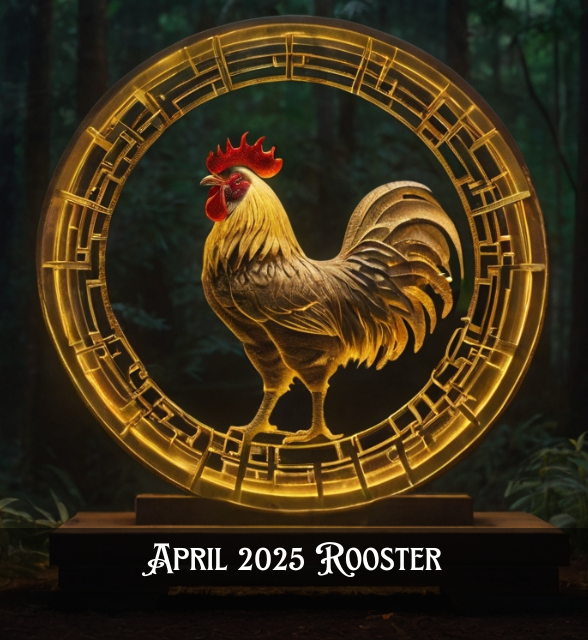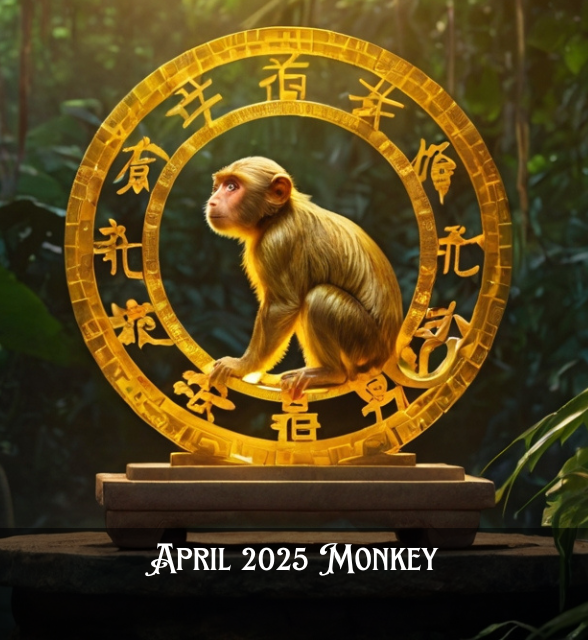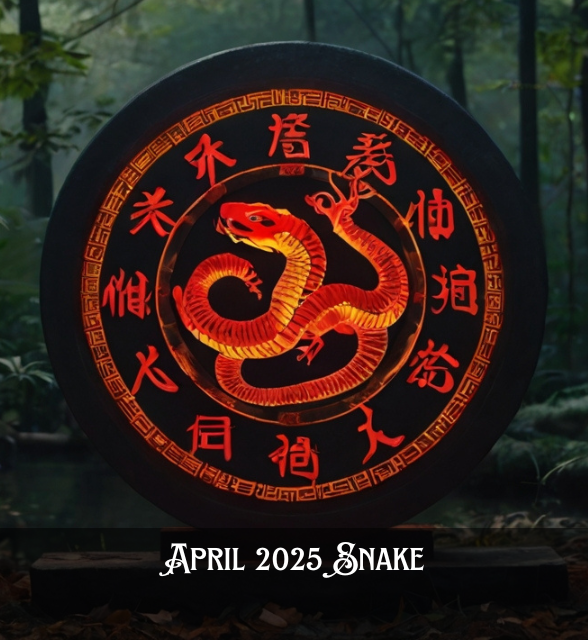Fake News Detection: Spot Digital BS Like a Pro
Fake news has become as ubiquitous as cat videos on the internet. But fear not, aspiring truth-seekers! Our fake news detection guide is here to transform you into a lean, mean, fact-checking machine. So grab your detective hat and magnifying glass – it’s time to learn how to spot digital BS faster than you can say “clickbait.”



The Source Sniff Test
First things first, let’s talk sources. Is that shocking headline coming from “TotallyLegitNews.com” or a reputable outlet? If it sounds like your drunk uncle wrote it, it probably isn’t Pulitzer material.
Pro tip: Check the “About Us” section. If it reads like a Nigerian prince’s email, run for the hills!
The Too-Good-To-Be-True Tango
Remember that time your friend shared a story about dolphins evolving to speak English? Yeah, that didn’t happen. If a headline makes you go “No way!”, it’s time to put on your skeptical pants.
Think of it like diet pills – if it promises miraculous results with zero effort, it’s probably full of… well, you know.
The Cross-Reference Cha-Cha
One source says aliens have invaded Nebraska, but no one else is covering it? Time to do the cross-reference cha-cha! If major news outlets aren’t touching the story, it’s likely as real as my chances of becoming a supermodel.
The Date Detective
Beware the zombie news story! Old articles love to rise from the grave and pretend they’re current. Always check the publication date – if it’s older than your last haircut, it might not be breaking news anymore.
The Image Investigation
Pictures can lie faster than a politician during election season. Use reverse image search tools to catch those sneaky photo manipulations. It’s like playing “Where’s Waldo?” but instead, you’re hunting for Photoshop fails.
The Fact-Check Fandango
When in doubt, bust out the fact-checking websites. They’re like the Mythbusters of the internet, ready to blow up false claims with cold, hard facts. Sites like Snopes and FactCheck.org are your new best friends.
The Bias Boogie
Everyone’s got an agenda, even me (I’m secretly trying to make you laugh). Look out for extreme language, name-calling, or articles that paint complex issues in black and white. If it sounds like a temper tantrum in text form, proceed with caution.
The Expert Examination
Does the article quote “experts” without naming them? That’s as suspicious as a cat with a canary feather on its whiskers. Legit sources name their experts and provide credentials. If the expert is just “some guy,” it’s time to raise an eyebrow.
Final Thoughts
Remember, becoming a fake news detective isn’t just about being a party pooper. It’s about being a smart, informed citizen who doesn’t fall for every digital banana peel out there. So go forth, truth-seekers, and may the facts be ever in your favor!
But here’s a question to ponder: In a world where misinformation spreads faster than a viral cat video, how can we encourage more people to develop these critical thinking skills? What role do you think education, technology, and social media platforms should play in combating fake news?
Now, if you’ll excuse me, I need to go fact-check this email I got about inheriting a fortune from a long-lost royal relative…
This article is based on: “The Psychology of Misinformation — and How to Prevent It” by Tali Sharot and Cass R. Sunstein, . All rights reserved.
Visit our World News Section for more articles.
April 2025 Pig Forecast: Challenges
- 26 January 2025
April 2025 Pig Forecast: Challenges & Thoughtful Planning Welcome to your April 2025 Pig forecast! This month presents various challenges
April 2025 Rooster Zodiac Forecast:
- 26 January 2025
April 2025 Rooster Zodiac Forecast: Wealth Improves, Career Challenges For those born under the Rooster zodiac, April 2025 is a
April 2025 Monkey Zodiac Forecast:
- 26 January 2025
April 2025 Monkey Zodiac Forecast: Wealth and Health Improve April 2025 brings promising improvements for those born under the Monkey
April 2025 Snake Zodiac Forecast:
- 26 January 2025
April 2025 Snake Zodiac Forecast: Focus and Stability Ahead For those born under the Snake zodiac, April 2025 brings a





